Neyers Thieriot Vineyard Chardonnay 2003
-
Robert
Parker

Product Details
Your Rating
Somm Note
Winemaker Notes
-Wine Advocate 93-95 Rating
These grapes were harvested almost a full month after our other Chardonnay vineyards. Cam Thieriot's aerie-like vineyard, 1200 feet above the Pacific Ocean on the Sonoma coast, allows Chardonnay to ripen slowly and evenly. Cam gets every drop of flavor into his fruit that this unique site allows. Winemaker Ehren Jordan guides these grapes into one of California's most exciting wines. The 2003 Thieriot Chardonnay fermented for ten months. In early December the wine was racked for clarification, and two weeks later it was bottled unfiltered. Richness in Chardonnay is desirable. Here it's accompanied by an uncommon amount of complexity. 343 cases produce
Professional Ratings
- Robert Parker's Wine Advocate
Other Vintages
2006-
Robert
Parker
-
Wine
Spectator
-
Robert
Parker
-
Wine
Spectator -
Robert
Parker




In 1999, Bruce and Barbara Neyers purchased and renovated a winery on a thirty-acre parcel in the Sage Canyon area of Napa Valley. Over the next 14 months they built a modern, highly functional winery designed for traditional winemaking practices. They produced their first vintage in this state of the art facility in 2000. In 2002, Wine and Spirits Magazine named Neyers Vineyards the Artisan Winery of the Year.
About 25% of our production is Merlot and Cabernet Sauvignon grown on Bruce and Barbara’s 50-acre, Conn Valley ranch. They purchase additional grapes from a select group of growers, among them the Sangiacomo family of the Carneros District, Will Nord of Napa, the Rossi Ranch of Sonoma County, Markus Bokisch and the Evangelho family.
Even though Neyers Vineyards sits in the heart of the Napa Valley, Bruce's experience with French wine importer Kermit Lynch has had an undeniable influence on their wines. Many of the French producers Bruce has worked with farm organically, make their wines naturally without use of cultured yeast or laboratory designed malo-lactic starter, and bottle their wines without fining or filtration. Neyers barrels are made in France, to our specifications, from wood that we buy in bulk and air dry for three years, two years longer than normal. All of the grapes are picked by hand, into small bins that hold only one-half ton. They are then laboriously hand sorted and inspected at the winery as winemaker Tadeo Borchardt gently guides the winemaking process along. As Bruce says, “No expense has been spared in our grape growing, winemaking practices, or processing equipment, yet customers repeatedly tell us that our wines represent great value in today's highly competitive wine market.” Bruce Neyers produces his own content for the company blog, “Vintner Tales.”

California’s most praised white wine, Chardonnay is also the state’s most planted white grape variety. Diverse terrain and microclimates allow for an incredible range of wine styles.
Chardonnay planted in the cooler, coastal zones takes on bright characteristics like lemon zest, key lime, green apple and wet flint. For this style, look to the chilly Sonoma Coast, Carneros, Santa Cruz Mountains, Santa Lucia Highlands and Edna Valley.
The inland zones of California’s coast, such as the Russian River, Sonoma, Napa and Livermore Valleys maintain a more Goldilocks-esque climate where both styles go. Early picking retains acidity and creates a leaner style but leaving the grapes to hang creates an approachable Chardonnay, balancing richness and finesse.
Chardonnay also plays a major part in the sparkling wine production of the Anderson Valley and Carneros.
